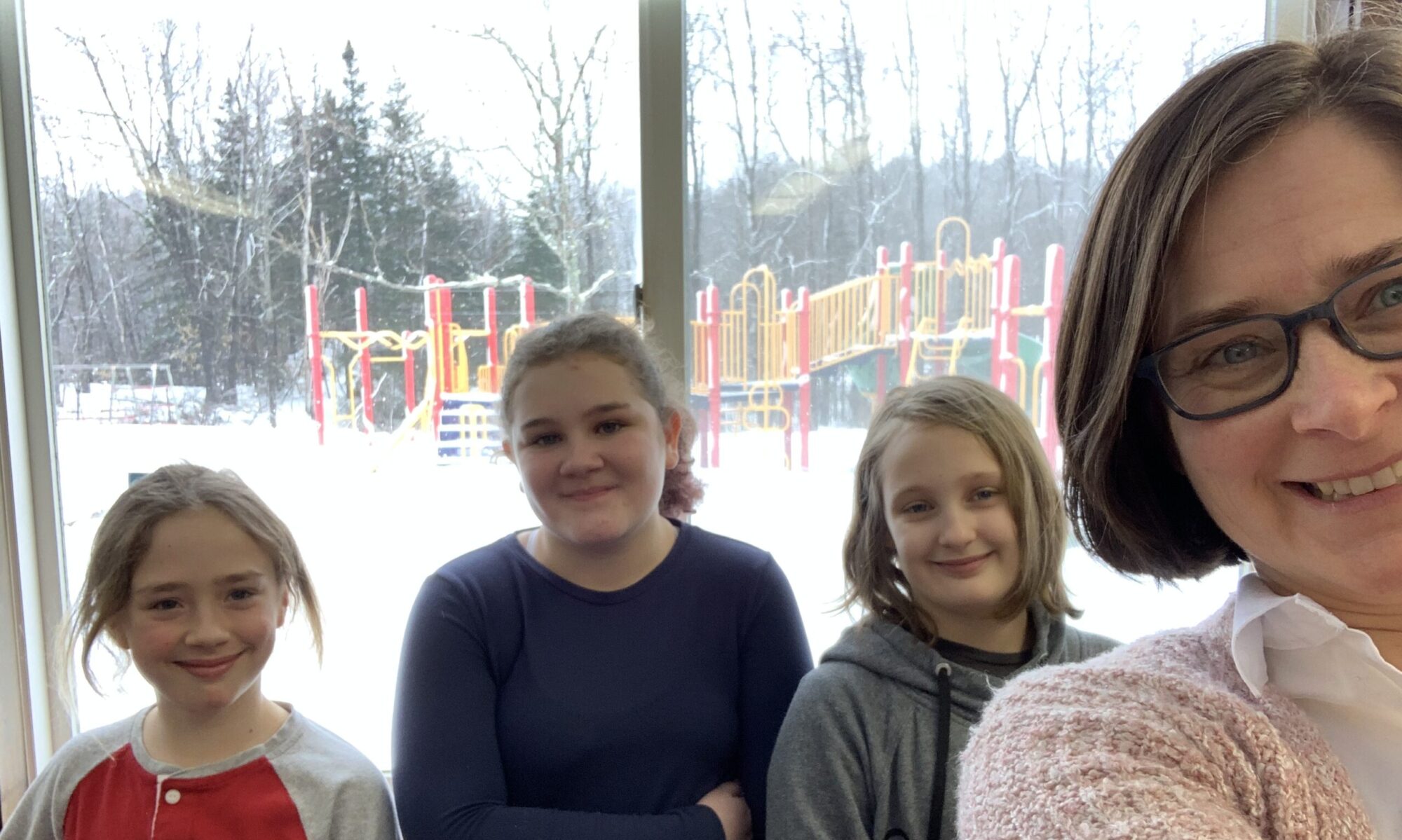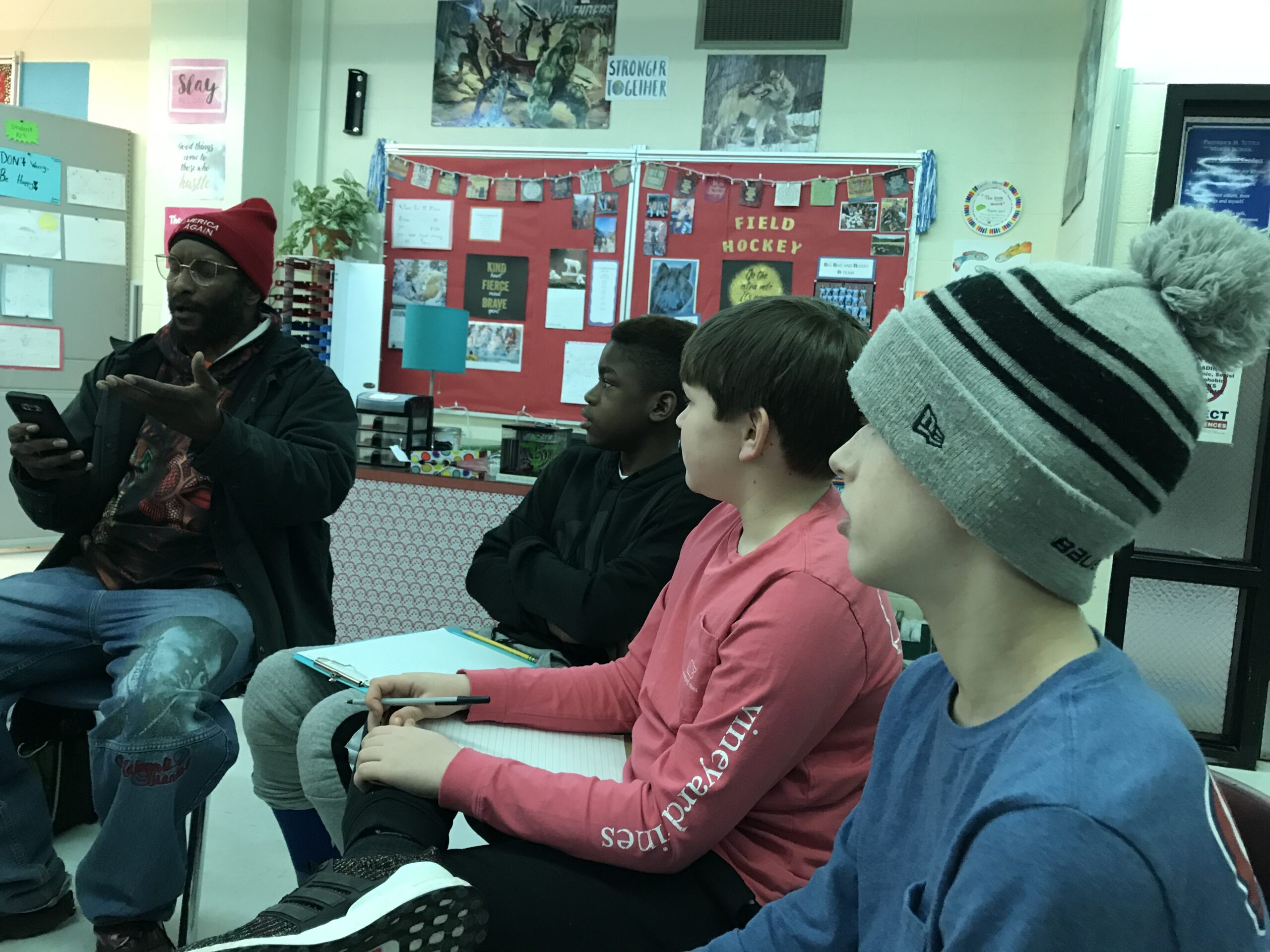And they’re willing to tell you how.
Children begin internalizing racial bias by the time they are two years old.
Yet too many Americans never learn the fundamentals of antiracism.
Beverly Daniel Tatum, in her landmark book Why Are All the Black Kids Sitting Together in the Cafeteria?, shows that for white children, racial identity development typically falls into three categories: ignorant, colorblind, or racist.
All three of those categories are unacceptable. Each supports systemic racism. Each supports the status quo.
We need to seriously pursue a fourth option: anti-racist white children. And schools have a huge role to play.
What can this look like in action?
As the education world seems poised to take steps toward anti-racist education systems, it is important to learn from teachers who are already centering antiracism and equity.
And their students.
For example, take Christie Nold, 6th grade social studies teacher at Frederick H. Tuttle Middle School in South Burlington, VT. A trio of her 6th grade students led a group of educators from around Vermont through activities in bias-awareness and social identity at the 2018 Middle Grades Conference.
Once the students learned a vocabulary for antiracist education, they turned around and taught others. Not just peers, but educators.

Christie Nold has also generously shared a how she built a social identity unit. And again, her students have generously shared their learning, and their insight.
“The kids we have around us today, they’re going to be the leaders of tomorrow. And the adults and teachers, they’re not necessarily responsible, but they kind of are, because what they say and teach really impacts us.”
–Abbey
Watch these students. Listen to their wisdom. And imagine what we could do if all students were engaged in anti-racist education from a young age. Starting from today.

Imagine. Then act.



wow!!!
thanks for post.
Your article helped me a lot, is there any more related content? Thanks!